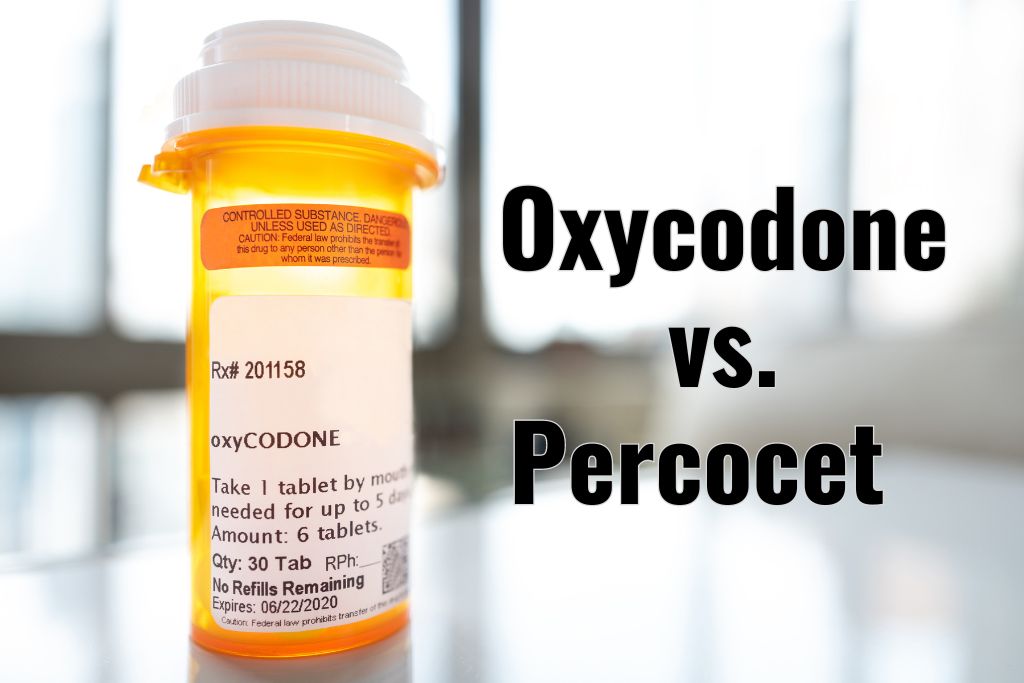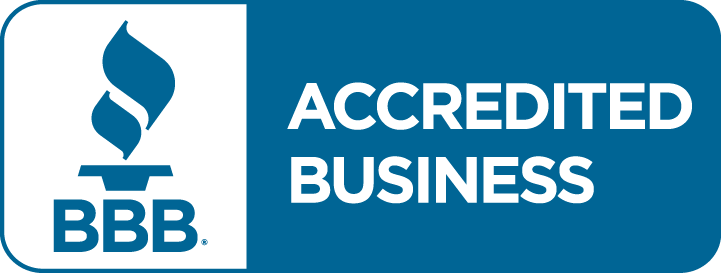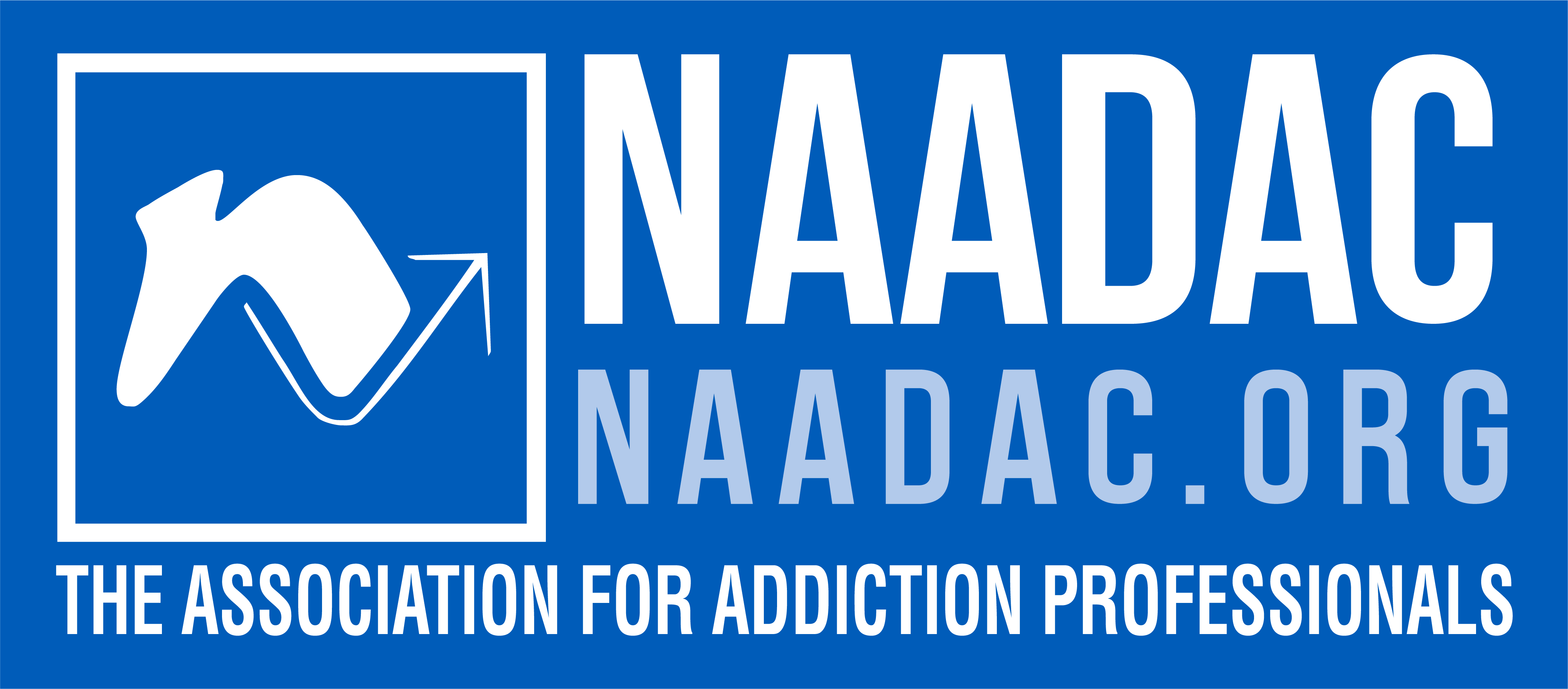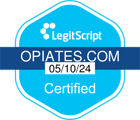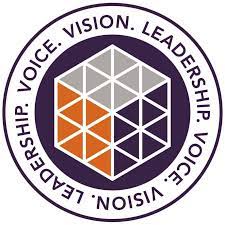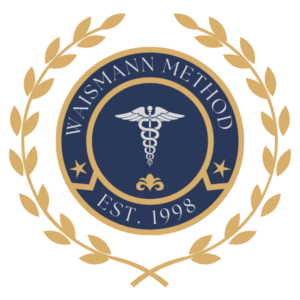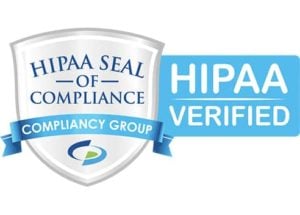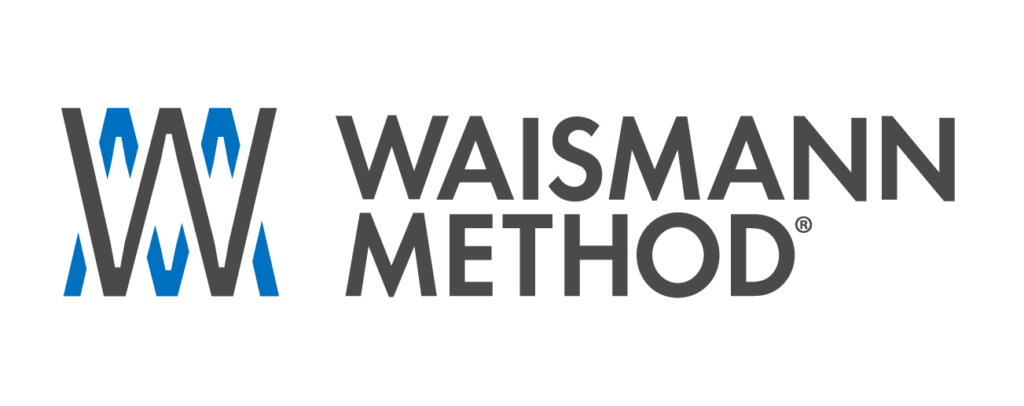Many states are grappling with the grim realization that a rising number of cases of drug abuse and overdose are not related to street drugs such as heroin and cocaine. Instead, prescription pain killers or opiates are the alarming growing problem that government, health and law enforcement officials are trying to figure out how to stem. The statistics seem to mirror the trend in prescribing practices of many doctors and pain clinics across the country. It’s simple: as more prescriptions are written for opiates, and more of these drugs are illegally diverted, more people are becoming addicted and/or suffering fatal overdoses.
The Cleveland Plain Dealer reported in April 2009 that Ohio’s drug-related deaths increased 304 percent between 1999 and 2007, a problem attributed largely to abuse of prescription painkillers. The number of overdoses in this state surpasses the number of traffic-related fatalities. Ohio developed a Web database program three years ago to make it easier for police, doctors and pharmacists to check for all prescriptions filled in the state. Ohio and Kentucky recently agreed to share prescription information as many people go beyond state borders to “doctor shop” in an attempt to secure more than one source.
The Ohio Pharmacy Board has stated their hope to reach such agreements with other states. In similar moves, 38 other states are adopting a database program to help prevent people from obtaining multiple prescriptions for opiates such as OxyContin, Codeine, Fentanyl, Percocet and Darvocet. Sharing such information will give doctors and other officials the chance to flag those people who may be abusing prescription drugs.
Abuse of Prescription Painkillers Leaves Many Scrambling for a Solution
The Plain Dealer article, citing a report from the Centers for Disease Control and Prevention, reported that deaths from misuse of prescription narcotics had by 2004 outnumbered deaths in the U.S. from both heroin and cocaine. The number of prescriptions for opiates issued in the U.S. has skyrocketed in the last few years, and are now among the most commonly prescribed drugs in this country.
The fallout from this situation can be seen in just about every community. Police logs and newspapers reflect the societal scourge of painkiller addiction which can lead to theft, violence, overdoses, legal problems and personal and property crimes. In fact, the National Institute on Drug Abuse (NIDA) reports that “the cost to society of illicit drug abuse alone is $181 billion annually.” Many agencies are scrambling for the resources and time to deal with these issues, compounded by the fact that these same communities and agencies are tightening their belts and losing funding in a sour economy. While educational, prevention and treatment programs may put a dent in the opiate problem, these programs likely suffer from local, state and federal funding cuts.
There are many methods of drug treatment available, and in various settings, including residential treatment centers, outpatient programs, and inpatient care, and utilizing both behavioral approaches and pharmacological treatment. Often, however, the treatment programs used to address addiction last months, with a high incidence of relapse. As a result, the local, state, and federal agencies paying for these treatment programs end up paying for treatment for the same recipients multiple times, over a long period of time.
Obviously, a less costly and more effective method of drug addiction treatment is advisable. Medically-assisted withdrawal using the Waismann Method enables individuals to safely and comfortably reverse their dependence in days rather than months. The Waismann Method takes place in the hospital over 3-7 days, during which medications are administered to reverse physiological dependence and address the symptoms of withdrawal. Using this medical approach, the duration and severity of the withdrawal syndrome are reduced and, in fact, patients report feeling minimal to no withdrawal or physical cravings after one week of treatment. These patients are then able to start a therapeutical program of their choice to address their underlying social and psychological issues, which greatly aids in the success of the Waismann Method. The Waismann Method has been performing the highest level of opiate detoxification in the country for the last decade.
Instead of working with just the addiction (the symptom), we work with the patient. Opiates are numbing devices used to numb physical or mental pain. Unless the root of each individual patient’s physical or mental pain is assessed and treated properly, patients tend to relapse in order to mask the pain they cannot handle.
Suffering through withdrawal is physically and mentally traumatic and counter- productive to a patient’s well being. Not just are we able to safely and humanely detox patients under sedation, but we also created an after care Domus Retreat that, unlike most traditional rehabilitation centers, works with the patient’s chemical imbalance, depression, chronic pain or whatever issue each individual is diagnosed with.
Treating the patient as a whole both physically and mentally by being able to identify and assist each patient based on their specific medical and psychological needs allows us to maintain the highest success rate of any opiate treatment in the country.
